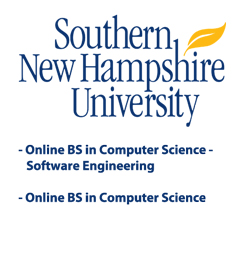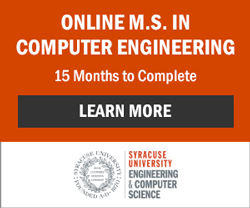
The Python Programming LanguageThe name “Python” is reported to come from Monty Python’s Flying Circus. All computer languages have their own expressions, but Python users have their own meta-expressions, too. Those who are adept at coding with Python may be known as Pythonistas.  Those who are adept at coding with Python may be known as Pythonistas. What is it about Python that has attracted this devoted following? Python is a dynamic language, built for speed, and thus works well in applications like photo development. It has been embedded in programs like GIMP and Paint Shop Pro. It is a favored language of Google developers and has had a hand in YouTube. In fact, the Python site includes a quote by YouTube architect, Cuong Do, about the efficiency and ”record speed” with which the language allows them to work. Other testimonials come from Industrial Light and Magic and (for a contrast) the University of Maryland. Impressed by the number of libraries, the UM has used Python to develop web their courses. Python is among the fastest, but not the very fastest; development may incorporate other languages when speed is the primary factor. Python was designed to have a small core, but be highly extensible. Video game designers benefit from Python’s extensive set of libraries – resources that are sometimes identified with a “Py” in the name. Adaptive technology is another industry where Python is used. It’s had a hand in the One Laptop per Child movement. Python has even been used in artificial intelligence. Although it’s often thought of as a scripting language, it can also be used in natural language tasks. Python is a dynamic language, built for speed.
Python may be compared to other dynamic languages like PERL, PHP, and even Java. Python aficionados cite simplicity and consistency as reasons for use. They may note that it’s easier to read. Python uses key words where some other languages use punctuation marks. History of UseSo how did Python come to be? It’s not a new language. The origins go back as far as the late 1980’s. Like most computer languages, it borrows heavily from its predecessors. The primary forerunner was the ABC language, though other languages, like C and Haskell, played roles along the way. Guido van Rossum is credited with Python’s early development and implementation. He was also active in the computer literacy movement and the now defunct Computer Programming for Everybody initiative. In its early days, Python was envisioned as something of an educational language, bringing a bit of computer literacy to the general population. These days, it’s less of a focus. Python has gone through numerous improvement cycles. Version 1.0 was released in 1991. This brought several new functional programming tools. Version 2.0 brought list comprehensions. Currently, we’re on Python 3.3. There have been a number of improvements including flexible string representation. Learning PythonIf you want to learn more about Python, you can visit Python.org. The affiliated blog, Python Insider, will keep you current on new developments. You can also make downloads from the Python site (if your Linux or UNIX distribution didn’t include it) and use the free beginner’s guide. (The official tutorial will be more thorough than some others, but also more basic.) Other sites that teach Python include Dive into Python, LearnPython, and TryPython. One advantage of TryPython, according to MakeUseOf, is that you can try the language out on the website instead of downloading it to your own computer. Another is that it’s real-time. You do, however, have to have Microsoft Silverlight already on your computer. Google also offers a free class in Python. It was developed for internal use but has been offered to the general internet community under a Creative Commons license. Learn Python the Hard Way is a book that is available for free online. If you do opt to learn the language the hard way, you’ll hand type your exercises instead of playing the cut and paste game. You’ll find humorous chapter titles like ”Printing, Printing, Printing” and “More Printing”. Will taking extra time make you a more adept user down the line? Your decision! If you do decide to use the language in your programming, you will have multiple options. There are a number of Integrated Development Environments. Some are even web-based. |

